Psychosomatic disorder is a physical disease that is believed to be caused or made worse by mental factors – often stress and anxiety. Digestive problems are common psychosomatic disorders.
If you often suffer from heartburn, chest pain, a sore throat and/or a raspy voice, have difficulty swallowing, feel a lump in your throat and/or have a dry cough you might be struggling with Gastroesophageal Reflux Disease, or Acid Reflux, in short GERD.
10-20 % of the world’s western population suffer from GERD at sometime during their lifespan, so it is quite a common digestive disorder. The causes are often many: a stressful lifestyle, an improper diet and bad eating habits, obesity, but there are also psychological issues which can be entirely subconscious and in this way interfere with the functioning of your body. Anyone who has had his or her own experience with acid reflux knows how bothersome and life limiting it actually is. Not only can you not eat normally but the food is poorly digested and the hyper-acidic half-digested food returns back to the oesophagus where it causes damage. With each gulp you feel slightly like throwing up and after you have eaten you have to maintain an upright posture for several hours so much so that you are limited even in your motion activities. Functional changes will manifest themselves in the higher risk of ulceration and long-term inflammations which can lead to organic changes in the mucous membrane of the oesophagus causing narrowing, difficulty swallowing and worsening tooth decay.
And how to get out of it? It is recommended to consult your physician to exclude organic causes of the disorder. He or she may also prescribe you medicine, usually proton pump inhibitors that prevent acid production and speed up the release of food in the stomach and intestines. That might bring you partial relief but you might suffer from constant hunger. In case your troubles persist, your physician can send you for an examination to see whether you have the bacterium Helicobakter pylori which is widespread in the general population (statistics say, that prevalence of the infection is 30-40 % in the Western world and 70 % in developing countries), and which can cause similar symptoms to those which we have already described. If you have it you will receive a high dose of antibiotics which will free you of Helicobakter but not necessarily of the symptoms and your already acid-suffering digestive system will acidify even more. You might also undergo an endoscopy to find “a cause” for your symptoms and afterwards a different medicine will be prescribed for you. But the real cause of your troubles could remain hidden. The physician can also recommend you to change your diet and see a psychologist.
Let´s have a look at what you can do for your health right now by yourself. Determine to try and overcome the disorder with the use of many other helping means and have faith that you will succeed and recover. This is crucial. Disease warns you that something in your life is not in order and that something needs to be changed.
Firstly I would mention the necessity to change your diet. Some foods strongly acidify the stomach, so it is best to avoid most of these. Foods to avoid: coffee, alcohol, black tea, sparkling beverages, sugar and sweets including chocolate, artificial sweeteners, sweet lemonades and fruit juices, honey, jam, high fat foods (particularly those containing trans fats, often in biscuits and bakery products), fried and ready-made meals, high fat cheese, whole milk, dairy foods, white flour, cocoa, yeast, high fat bakery products, dried fruit, peppermint, very spicy food, mustard, creamy salad dressings, ketchup, vinegar, pickles, soy sauce, pork and beef meat, high fat fish and smoked meat, yolk, mushrooms, mashed potatoes, raw onions, peppers, radishes, tomatoes, oranges, lemons, and cranberries.
On the contrary it is suitable to add to your diet food, with regard to reflux, as “safe”, (the “safe” food varies from person to person and it can be recognised only by one’s own experience). It is, in general, made up of different kinds of vegetable – carrot, lettuce, wild rocket, zucchini, eggplant, celery, parsley and parsley root, beetroot, potatoes, peas, cauliflower, broccoli, leek, corn, avocado, cucumber, spinach, peppers, legume, kale, sprouts, fruits – sweet apple and apple juice, pear, banana, melon, grapes, plum, peach, nectarine, rhubarb, figs and raisins, feta and goat cheese, low fat cheese, low fat dairy, goat and almond milk, egg white, corn, oat and rye bread, spelt, nuts and seeds, sprouts, cereals,low fat fish, skinless chicken breast, turkey meat, olive, avocado and coconut oils, cereal coffee, green and herb tea. And drink water mainly.
I would emphasize the beneficial effect of fresh vegetable juices, for instance juice from carrots, beetroot, cucumber, etc.. Even one deciliter of vegetable juice once or twice per day adjusts the pH of your stomach. Ginger made as a tea, added to meals or eaten candied has a positive effect on digestion. Pineapple contains digestive enzymes that help to breakdown proteins. Eating an apple after a meal can reduce the amount of acid in the stomach. Licorice or anise tea has a calming effect on reflux. No smoking and staying in a non-smoking environment is naturally important.
It is recommended to keep a diary of what you eat. That is the best way to detect what kind of experiences you have with certain foods. The list of “safe” foods can be very individual. Write down in your diary also any details about the situation after you have eaten. Sometimes a “safe” food eaten in a hurry can provoke the symptoms of reflux. You might be looking for “safe” food for several months but is is worth it. When you find it, add it to your diet and you will be able to eat without fear of any bad symptoms after the meal.
While you eat, it is good to eat. Just eat. Don’t read or surf on the net, don’t watch tv or stare at your phone. Take notice of what is on your plate. Stop, and consider. Do I really want to eat this meal? How will my body feel after I have eaten this meal? How does the meal look? What is the story behind the meal before it got to my plate? From which countries has it travelled to me? How does it smell? How does it taste? What kind of consistency has it? Take notice of how hungry you are. And then comes chewing. Be aware of each gulp, chew it and swallow it. It is a ritual. Now it is time to eat. I am here and I am eating. It seems as if there is nothing easier than just eating. But actually “just to eat” is very difficult and it requires discipline and regular training. Try and see how many times you succeed to “just eat”:).
It is recommended to eat 3 hours before bedtime and if you suffer from reflux symptoms during the night it is best to sleep on your left side and elevate your head.
And now a few words about relaxation. Calm eating is surely very beneficial. When you add to it several moments of rest during the day, your body will start to feel joy. Try to relax. Relax in a way that suits you best. One person does sports, another paints, another relaxes by playing an instrument. Relax by concentrating your attention in one direction, it doesn’t matter what you direct your attention to. You can focus on your breathing for 5-10 minutes. You can tidy your room up, but be there. Be aware of the contact with each thing, that you touch, listen, what kind of sounds you make, concentrate on the graceful movements of your cleaning, do not hurry. What was once rushed, hurried, fluttering around will transform into the elegant birth of order. And it feels good. There is only you, your breath, your hands, the touch of things. Things change their positions. Thoughts in your head stop attacking you. There is just you and your tidy room. You feel your being become filled with peace and joy.
Do not forget to include moments of non-activity into your life. You will restore your energy. And breathe several times deeply in and out before bedtime, be aware of your body, go through it in your mind from head to toe. Notice how your body feels. How it is. You will have a good sleep.
The psychological issues have remained unmentioned. As each of us lives a life story which is unique and unrepeatable I cannot comment on it in general. You can reach me via e-mail adrem@adrem.fi.
List of food from www.gerd-diet.com
 il, Canada, China, Colombia, Czech Republic, Denmark, Egypt, Estonia, France, Germany, Ghana, Greece, Hungary, Iceland, India, Indonesia, Iran, Ireland, Italy, Japan, Kazakhstan, Kenya, Latvia, Lithuania, Mexico, Moldova, Nepal, Netherlands, New Zealand, Nigeria, North Macedonia, Norway, Pakistan, Paraguay, Peru, Philippines, Poland, Portugal, Romania, Russia, Serbia, Slovakia, Slovenia, Somalia, Spain, Sweden, Taiwan, Thailand, Tunisia, Turkey, Ukraine, UK (England, Gibraltar), USA (California, Maine, Michigan, New Mexico), Venezuela, Vietnam.
il, Canada, China, Colombia, Czech Republic, Denmark, Egypt, Estonia, France, Germany, Ghana, Greece, Hungary, Iceland, India, Indonesia, Iran, Ireland, Italy, Japan, Kazakhstan, Kenya, Latvia, Lithuania, Mexico, Moldova, Nepal, Netherlands, New Zealand, Nigeria, North Macedonia, Norway, Pakistan, Paraguay, Peru, Philippines, Poland, Portugal, Romania, Russia, Serbia, Slovakia, Slovenia, Somalia, Spain, Sweden, Taiwan, Thailand, Tunisia, Turkey, Ukraine, UK (England, Gibraltar), USA (California, Maine, Michigan, New Mexico), Venezuela, Vietnam.






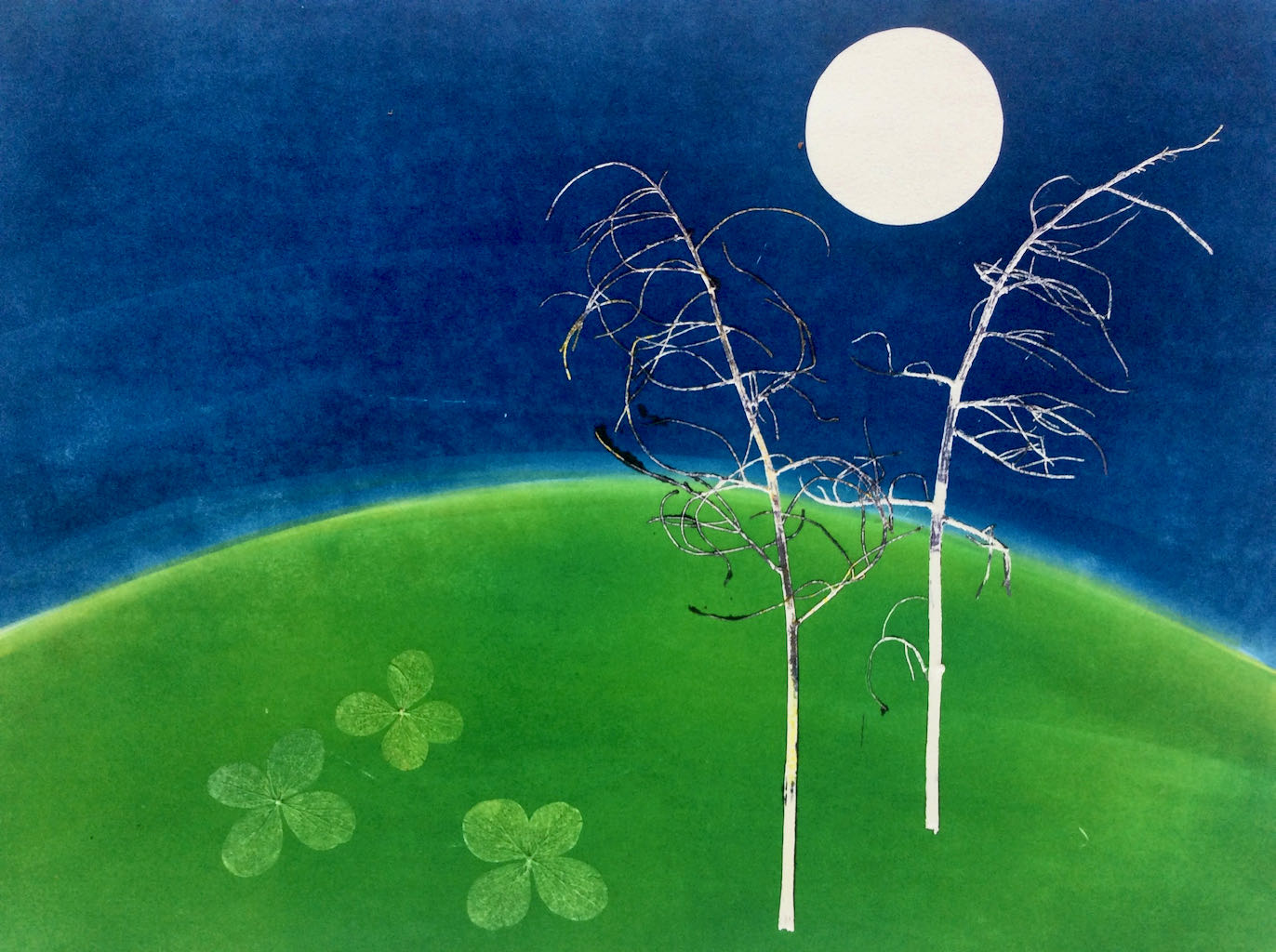

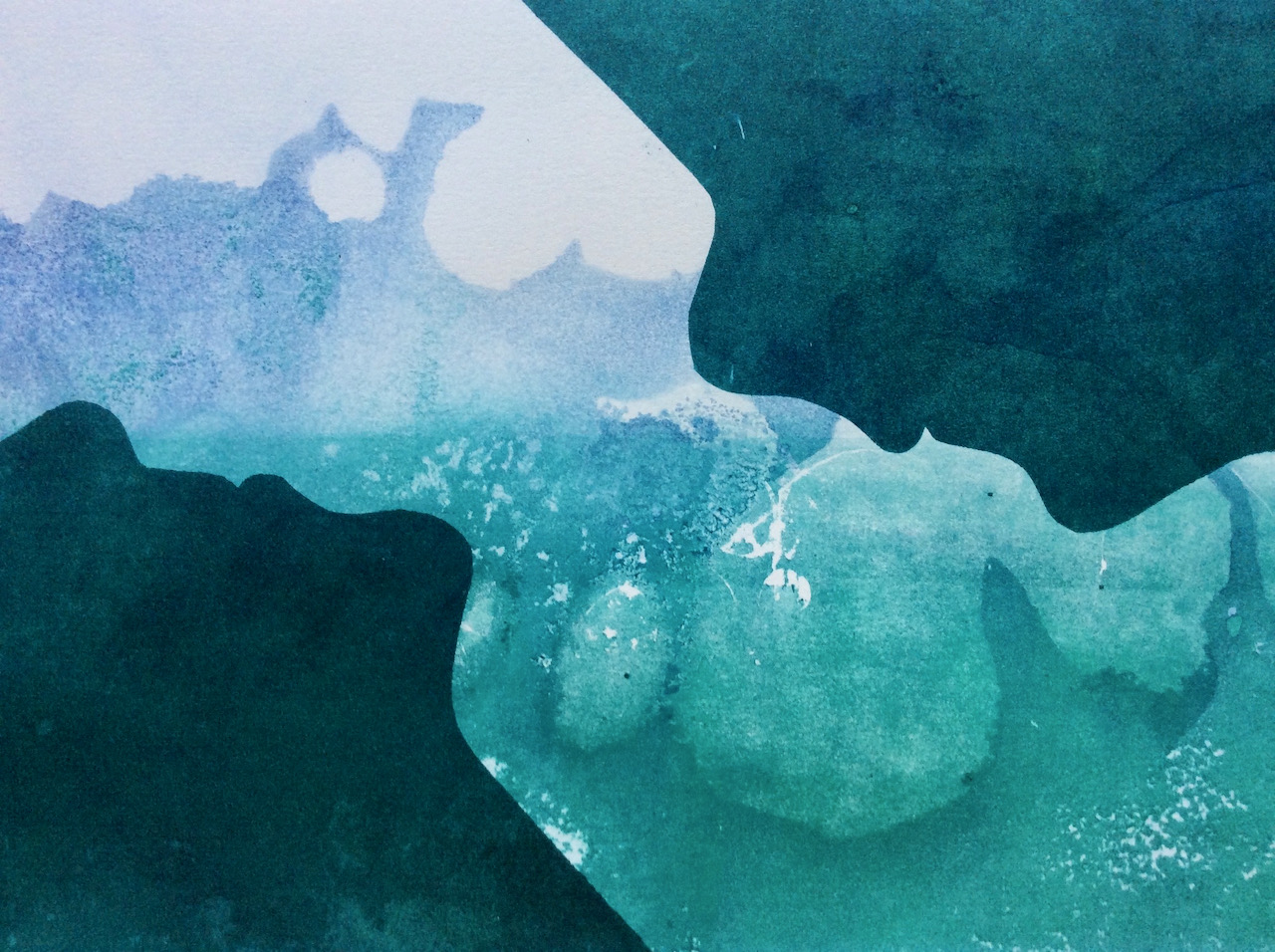
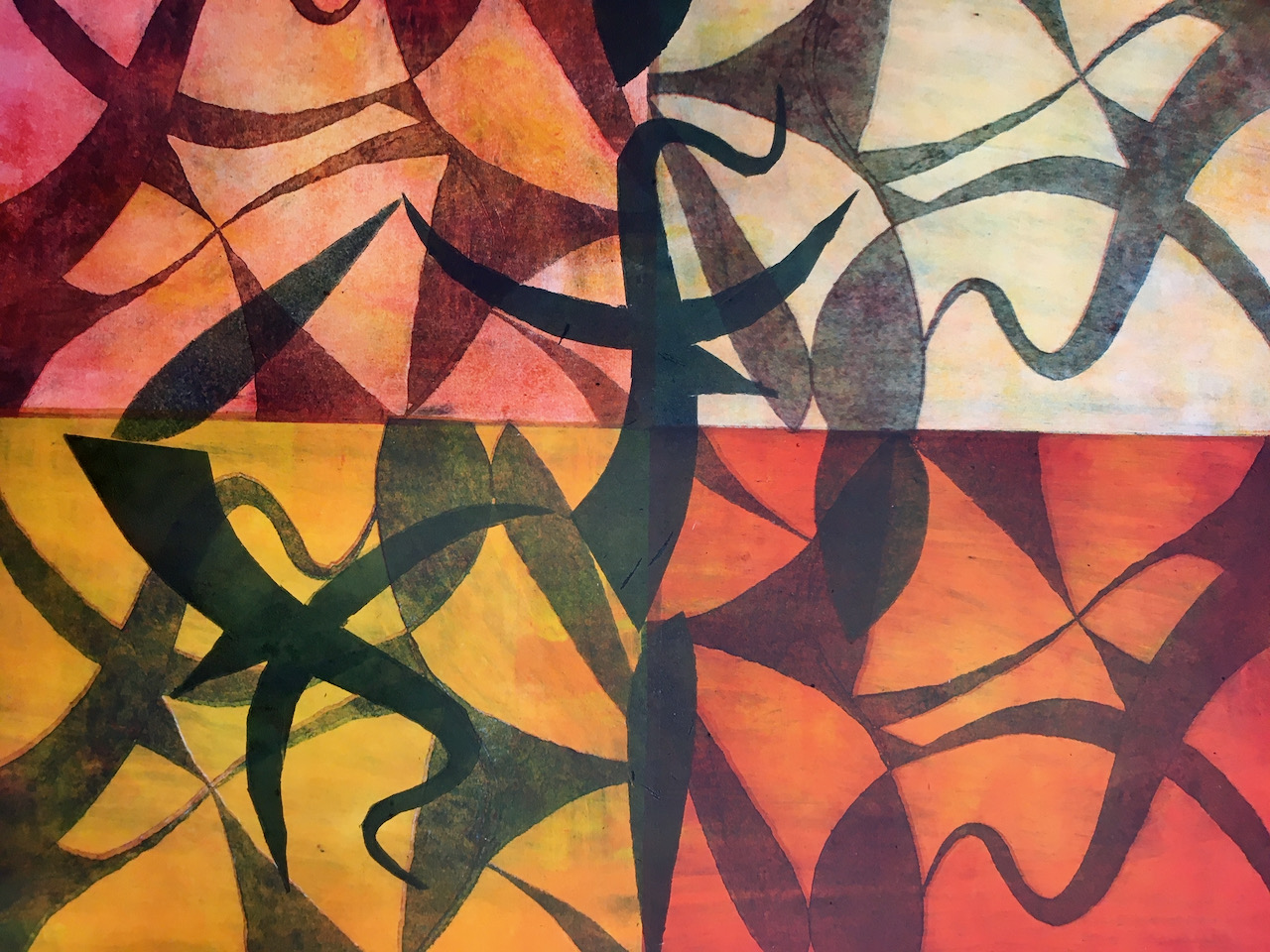

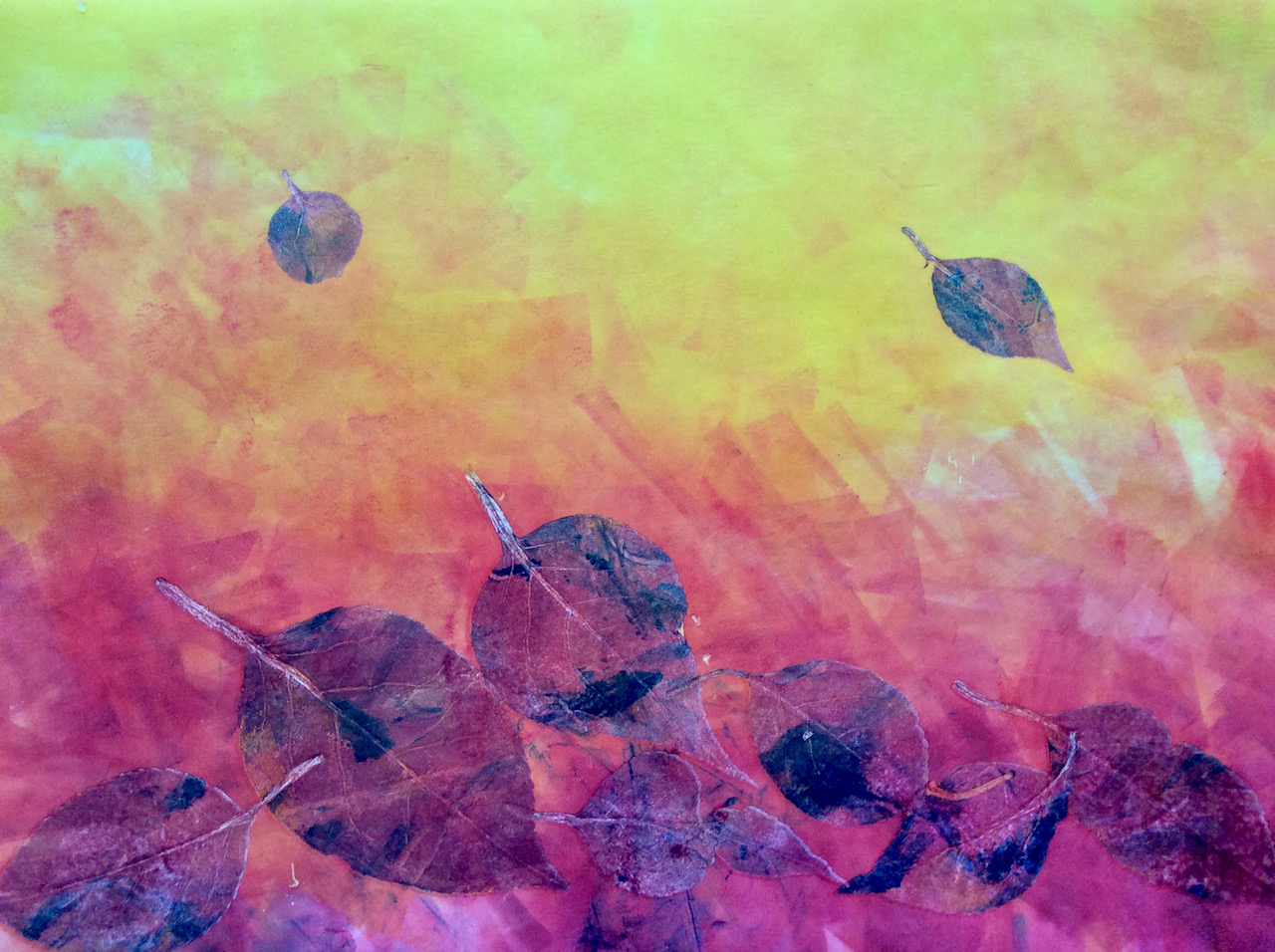




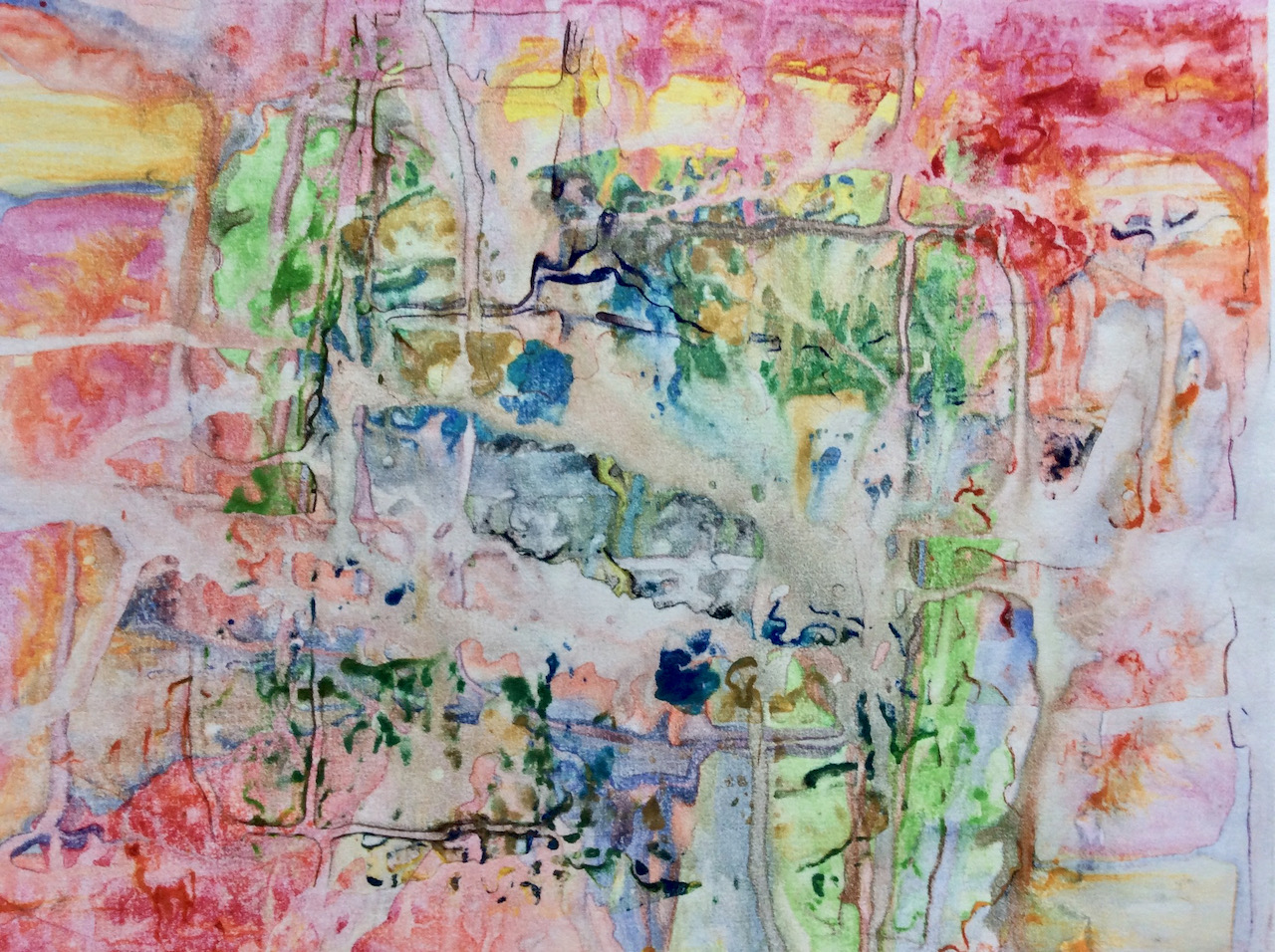






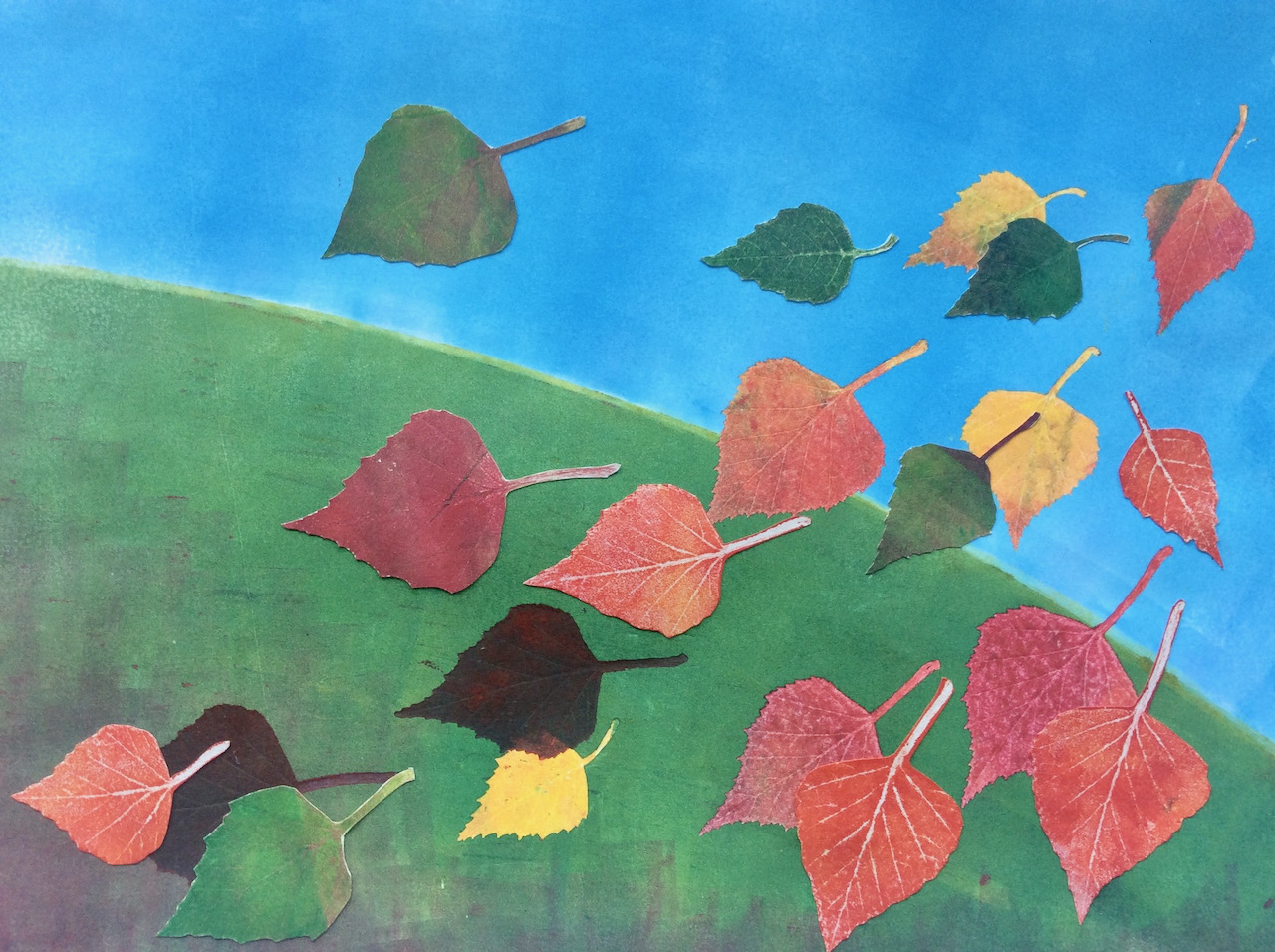


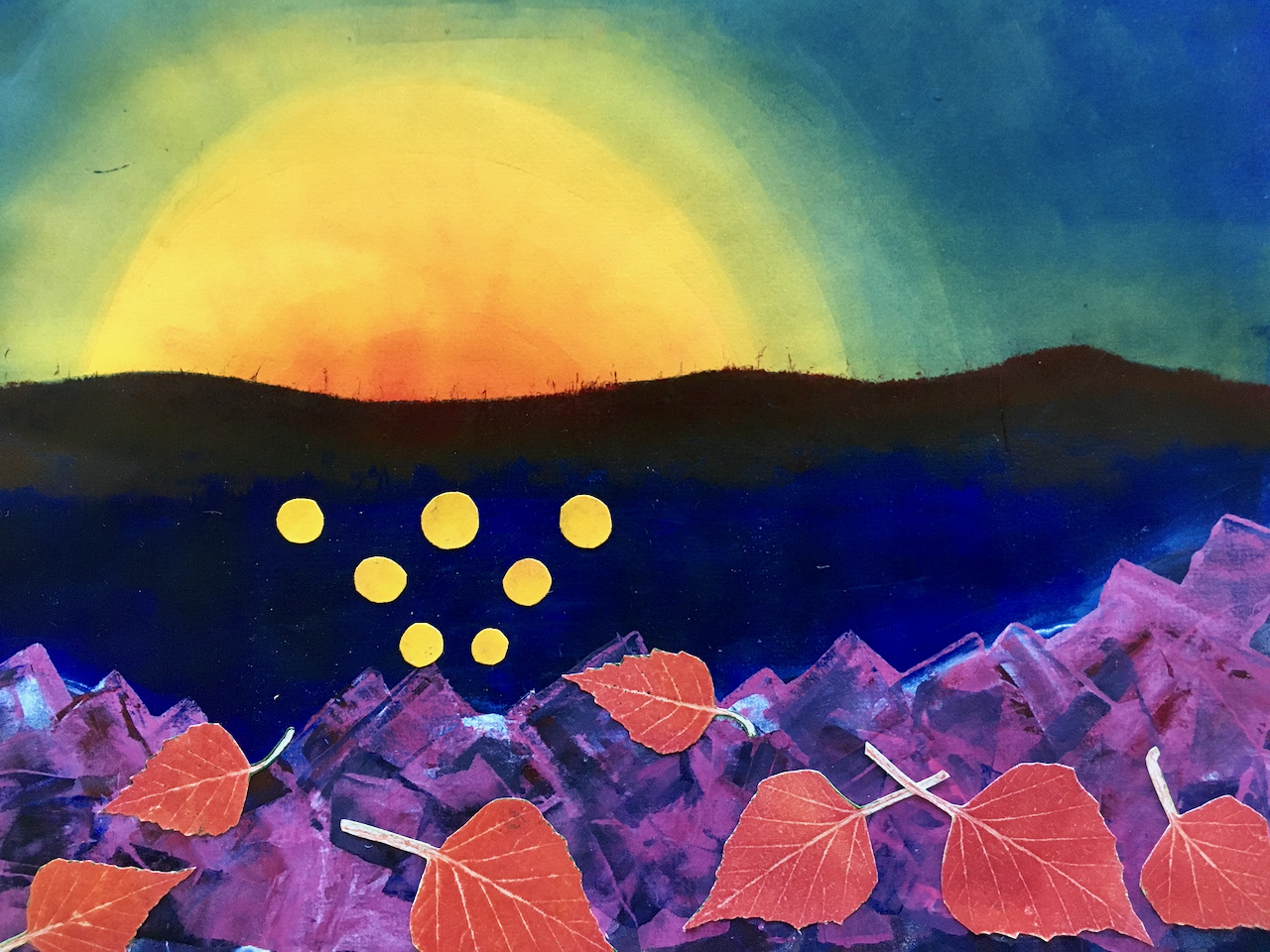

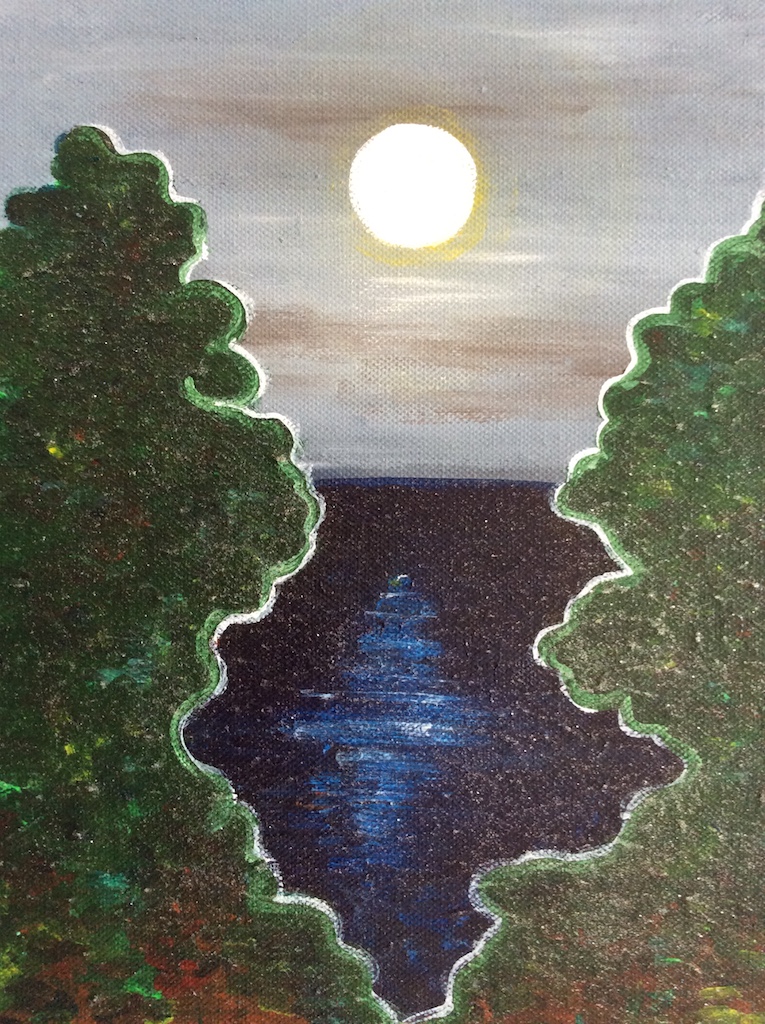 Anna’s sleep cycle got disrupted after the birth of her first son. Her son had a very troublesome sleep from the time he was born. He would wake up regularly every 30 minutes and after waking up he would have difficulties to fall asleep again so much so that he would wake up again after half an hour. When she stopped breastfeeding him at fifteen months no significant change happened. Her own sleep was interrupted 10-15 times during the night but fortunately she managed to fall asleep again most of the time. Some mornings though she felt so exhausted that she would cry.
Anna’s sleep cycle got disrupted after the birth of her first son. Her son had a very troublesome sleep from the time he was born. He would wake up regularly every 30 minutes and after waking up he would have difficulties to fall asleep again so much so that he would wake up again after half an hour. When she stopped breastfeeding him at fifteen months no significant change happened. Her own sleep was interrupted 10-15 times during the night but fortunately she managed to fall asleep again most of the time. Some mornings though she felt so exhausted that she would cry.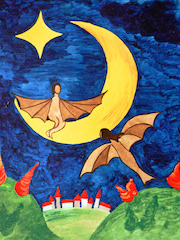 Recently I read an article from a Finnish newspaper (Helsingin sanomat,2014) discussing Erasmus students and their love affairs during the study of their exchange programmes. The article mentions that since 1987 up to 3 million students and 350 thousand teachers have become involved in an Erasmus programme.
Recently I read an article from a Finnish newspaper (Helsingin sanomat,2014) discussing Erasmus students and their love affairs during the study of their exchange programmes. The article mentions that since 1987 up to 3 million students and 350 thousand teachers have become involved in an Erasmus programme. Several days ago on our way to the Ruohonjuuri shop in Itäkeskus to buy licorice tea we saw a middle aged man, a foreigner, playing the violin. My 6 year old son instantly asked me whether we could give him some money. I checked my bag and pockets, found some change, and my son went to put the coins in the man’s hat. The man smiled at us and said “kiitos” with a slight accent. We continued our way to the shop. My son asked me why some people are poor. “They probably cannot find work, there is not enough work for everyone”, I heard myself saying. ”Then he found his own work, the playing is his work”, concluded my son.
Several days ago on our way to the Ruohonjuuri shop in Itäkeskus to buy licorice tea we saw a middle aged man, a foreigner, playing the violin. My 6 year old son instantly asked me whether we could give him some money. I checked my bag and pockets, found some change, and my son went to put the coins in the man’s hat. The man smiled at us and said “kiitos” with a slight accent. We continued our way to the shop. My son asked me why some people are poor. “They probably cannot find work, there is not enough work for everyone”, I heard myself saying. ”Then he found his own work, the playing is his work”, concluded my son.